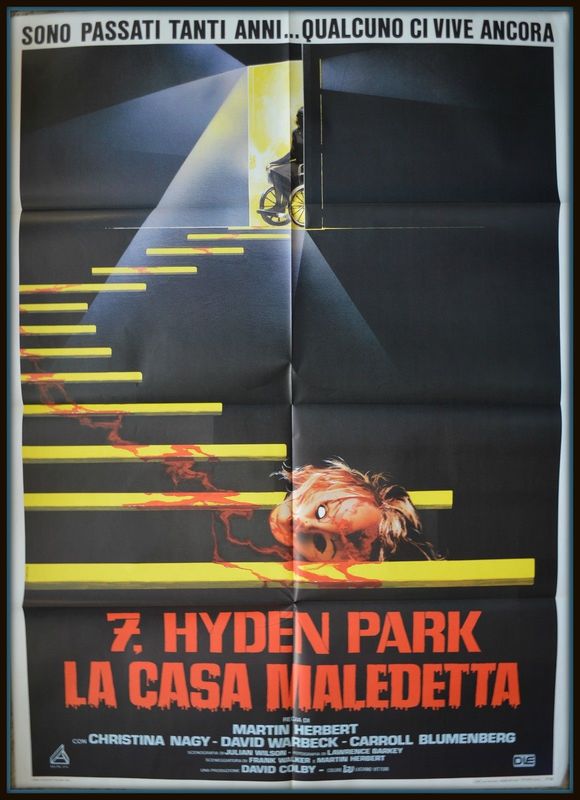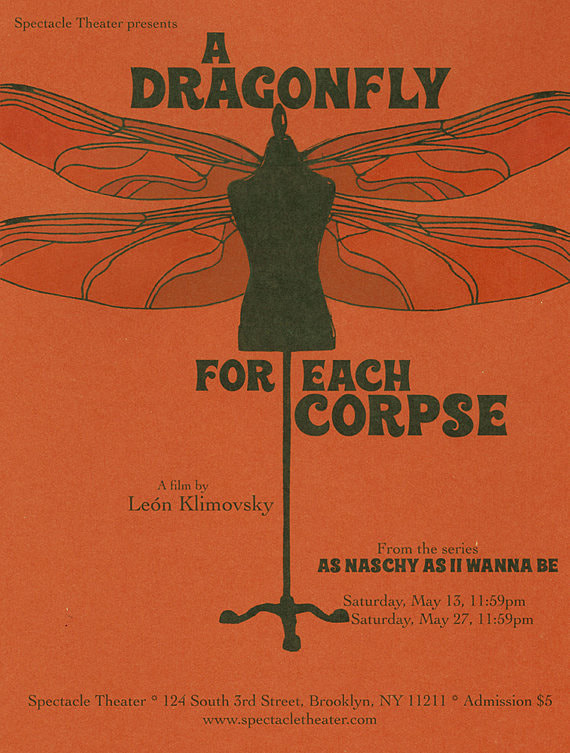After losing the use of her legs when she falls down a flight of steps trying (unsuccessfully) to escape a paedophile posing as a priest, Joanna suppresses the memory of the incident. She grows up to be highly skilled at an array of sporting activities, which are all seemingly part of some multi-discipline modern pentathlon-style event which doesn't actually exist IRL. Her sexy round-faced friend Ruth fulfils all her leg-based needs, and her 'coach', Craig-whose ability to teach archery, in particular, seems to be extremely limited-wants to fulfil all her between-the-leg needs. After he pesters her into accepting a marriage proposal, he moves in and Ruth moves out. Oh, and Joanna's also rich through an inheritance, though she seems to prefer donating to her own school for paraplegics and the local priests than lavishing her wealth on herself. Just as things seem to be becoming idyllic, a mysterious priest shows up and starts offing men of the cloth, before he turns his attention to Joanna. Is it a ghost from her past returning to finish the job? Or, seeing as this is a giallo, is it an inheritance-based plot? Course it is!
There might be nothing new here in terms of the general Les Diaboliques-influenced plot, but de Martino does mix things up by pulling back the curtains on the mystery far sooner than is typically the case in a giallo (with 50 minutes still to run, no less). We're left in no doubt as to who the killer-and what their motive-is, if indeed there was any doubt in the first place (if you ever find yourself as a doctor passing on confidential information about a medical ailment which could kill a rich person, and the person with whom you're speaking stands to gain personally from the rich person's death, and this person says, "Let me get this straight" and proceeds to repeat what you've just said back to you for confirmation, you might want to alert the authorities).
After the revelations the film relies upon the gaps between how much we know and how little Joanna knows to generate tension. This is a solid idea, and something I myself have experimented with in scripts in the past, and it does work here to some extent. There are two areas in which the film falls down a little, however. The first is a pacing issue, with 50 minutes proving slightly too long to sustain tension; indeed, there's precious little present until the final quarter of an hour.
Instead, we're treated to a dragged out will-they-won't-they-kill-her saga, as we begin to suspect whether or not the motive is really as clear cut as first presented. This doesn't make for riveting viewing, although a detour to New York sees things pick up, with a retooled version of the New York Ripper score and those dockland ship horn foleys which graced so many Italian exploitation films of the era lending the scenes a kind of comfy familiarity. The occasions when the priest reveals himself to Joanna, with squeaky-voiced doll in tow, do occasionally work as bizarro set pieces, as does a dream sequence set in broad daylight.
The second thing which holds the film back is the talent of its director. Alberto de Martino had a real skill for dreaming up film projects, but the execution seldom failed to live up to the idea. He's not quite a hack, but at the same time he doesn't ever seem to have a firm grasp on the directorial reins. A typical example of this is the curtain* sequence. This sees Joanna dangling out of a first floor bedroom window as she clings desperately to a large curtain. The sequence could have been a sweaty-palm-inducing set piece, but de Martino's approach was to film the action from as many angles as possible, and let the editor throw something together (which he did, but not especially skilfully**).
Without being too dismissive of de Martino's directing talents, I feel that the more successful moments in his films can often be credited to the contributions of his collaborators. The brilliantly-staged (if overlong) car chase in Strange Shadows in an Empty Room, for example, is almost certainly the product of Rémy Julienne's input. The wide angled lens is probably overused here as well, although that seemed to be a common ailment in Italian films of the 80s (cf Sergio Martino's work). That's not to say that this is a particularly badly-directed film. The final shot, whoever came up with it, is one of those neat conflagrations of railings and prison bars, which shows a character in the open air who is simultaneously trapped by their past. The chase sequence which precedes this is pretty good (albeit a tad dark on DVD), and the inability of the killer to dispatch a disabled woman is presented in a relatively believable manner.
What is less believable is Joanna's repeated attempted phoning of her doctor in the midst of this chase. Sure, he's a close friend and protector, but wouldn't the police be worth calling instead/as well? On a side note, the fact that she's able to make the call in the first place gives rise to an interesting theory, which I'll attempt to expound upon here without being too spoilerific. Basically, when the killer comes face-to-face with Joanna for the first time, she refuses to countenance their explanation for what they've done. Maybe a better way to phrase that is 'justification for their actions'. Is it a better way? Maybe, but not better enough to justify my rambling actions here. Anyway, subsequent events would suggest that the explanation/justification was so much hot air, spouted on the spur of the moment to try to worm out of a tricky situation.
Except. A clear instruction was earlier issued by the killer's co-conspirator (yes, there's a co-conspirator) to render the telephones unusable. And yet, there Joanna is, misusing the phone horribly in a pea-brained attempt to escape. Does the killer's refusal to carry out this part of the plan back up their protestations regarding mind-changing and the like? It would certainly explain the overlong stretch of film before the climax, which is chiefly due to an apparent reluctance to put the final piece of the plan into action.
|
|
Right, that's enough vague talk for now. Overall, this is a pretty decent effort, which suffers somewhat from a dearth of characters and style. On the plus side, the timing of the twist will be sure to take you by surprise, unless you're reading this (which you are), and there's (SPOILER) some excellent channelling of Jack Nicholson by David Warbeck towards the end.
*Note how I used the phrase 'pulling back the curtains' earlier. #ontheme **Surprising, as the editor was Vincenzo Tomassi of Lucio Fulci fame. |


 RSS Feed
RSS Feed
